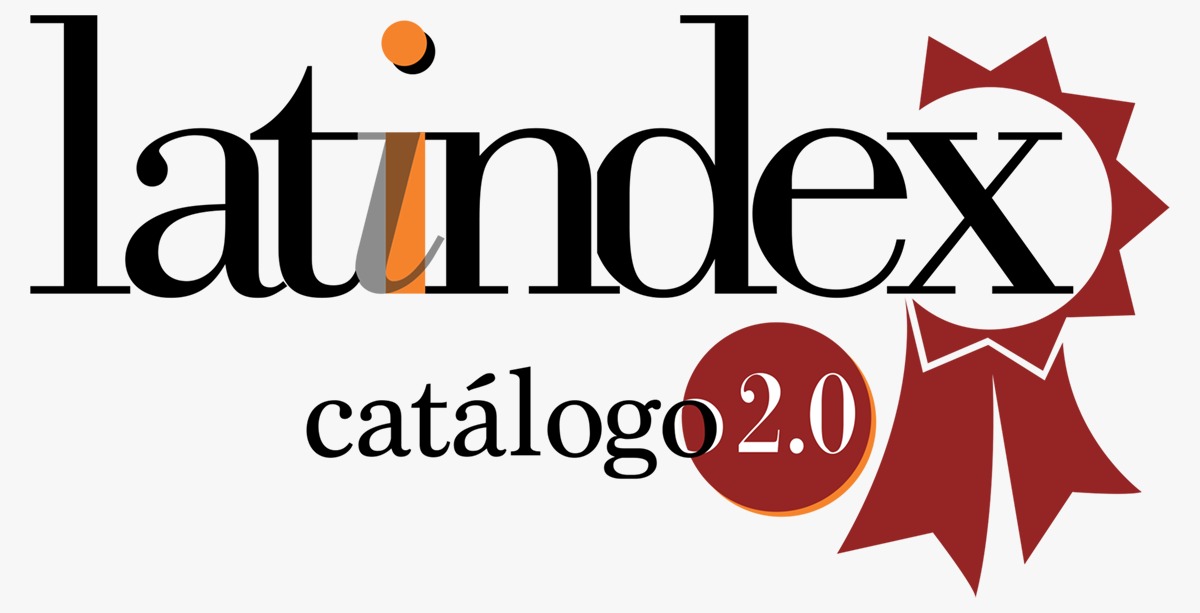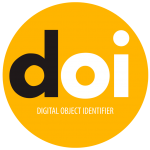Digital skills and evaluation of teaching performance at I.E Fe y Alegría N°23. Villa María Del Triunfo. Lima
DOI:
https://doi.org/10.47865/igob.vol7.n27.2024.360Keywords:
digital literacy, evaluation of pedagogical performance, technologiesAbstract
After the pandemic, the need for teachers with advanced digital skills has become increasingly evident in Peruvian education, especially in public education, so our studies aim to determine whether there are relationships between digital competence and academic performances. IE Fe y Alegría N.23 Villa María del Triunfo. To do this, we use quantitative methods, hypothetico-deductive, ordinal and cross-level methods. The design is descriptively and inferentially relevant. Surveys validated by three experts are completed, and their reliability was confirmed using Cronbach's alpha, providing a high degree of reliability for the two variables studied. Descriptive statistics and Spearman's Rho coefficient were used for data analysis for hypothesis testing.
Various aspects of digital competencies are explored and cover areas such as technologies, pedagogies, communications and research management. When evaluating the work of teachers, factors such as actively involving students in education, evaluating their progress, promoting environments characterized by compliance and empathy, and effective management of student behavior are taken into account. The results show that there is a significant positive correlation between teachers' numerical skills and their performance ratings, as shown by the coefficient r=0.193 The correlation is very low, p=0.000. This result led us to corroborate the alternative hypothesis and reject the null hypothesis.
Downloads
References
Avín, Llanos, Morales, Santamaría y Soto (2016). Los docentes y las competencias. Recuperado de: http://revistas.uap.edu.pe/1574
Bonilla, J. (2017). Las competencias digitales y práctica docente. Revista Multidisciplinaria , 3(1), 1-19. http://www.remai.ipn.mx/index
Bromley I. (1995). Organizadores gráficos estrategia de comprensión. Recuperado: http://portal.huascaran.edu.pe/boletin
Espinoza, Campuzano (2017) Características del docente del siglo XIX. Recuperado de: https://scholar.google.es/citation=KqZ1lD4AAAAJ&
Fonseca A. (2014). Metodología. Recuperado: https://docplayer.es/55876923- -investigacion-dr-abner-fonsecalivias.html
Gallardo L, Márquez A, Gisbert L. (2011) Importancia de las competencias TIC. Recuperado de: https://www.edutec.es/revista/index.
Hernández-Sampieri, R. & Mendoza, C (2018). Metodología. Las rutas. Edición 2018. Ciudad de México, México. Editorial Mc Graw Hill.
Leiva (2015) Módulos de aprendizaje: una propuesta didáctica. Recuperado: https://www.researchgate.net//28121097_Modulos_de_aprendizaje_una_propuesta_didactica_Alma_Hermansen_Leiva
Maslow, Kelley (2012). Jerarquía de las Necesidades Humanas. Recuperado de: https://www.eoi.es/blogs/katherinecarolinaacosta
Ministerio de Educación (2017). Currículo de Educación Básica. Recuperado de:
Quevedo, M. (2019). desempeño docente y competencias digitales Lima-2019 [Tesis de maestría, Universidad César Vallejo]. Repositorio Universidad César Vallejo. https://repositorio.ucv.edu.pe/handle
Rodríguez, A. (2019). Análisis de competencias digitales en Primaria [Tesis doctoral, Universidad de Granada]. Repositorio institucional de Granada. https://digibug.ugr.es/handle/10481/55719
Vásquez, W. (2020). Competencia digital y desempeño [Trabajo de grado, Universidad César Vallejo]. Repositorio. Recuperado: https://repositorio.ucv.edu.
Valdivieso, Ángeles (2016). Competencia digital Docente. Recuperado: https://www.researchgate.net/publication/309434728
Downloads
Published
How to Cite
Issue
Section
License

This work is licensed under a Creative Commons Attribution-NonCommercial-ShareAlike 4.0 International License.
Esta obra está bajo una licencia internacional Creative Commons Atribución-NoComercial-CompartirIgual 4.0.
















